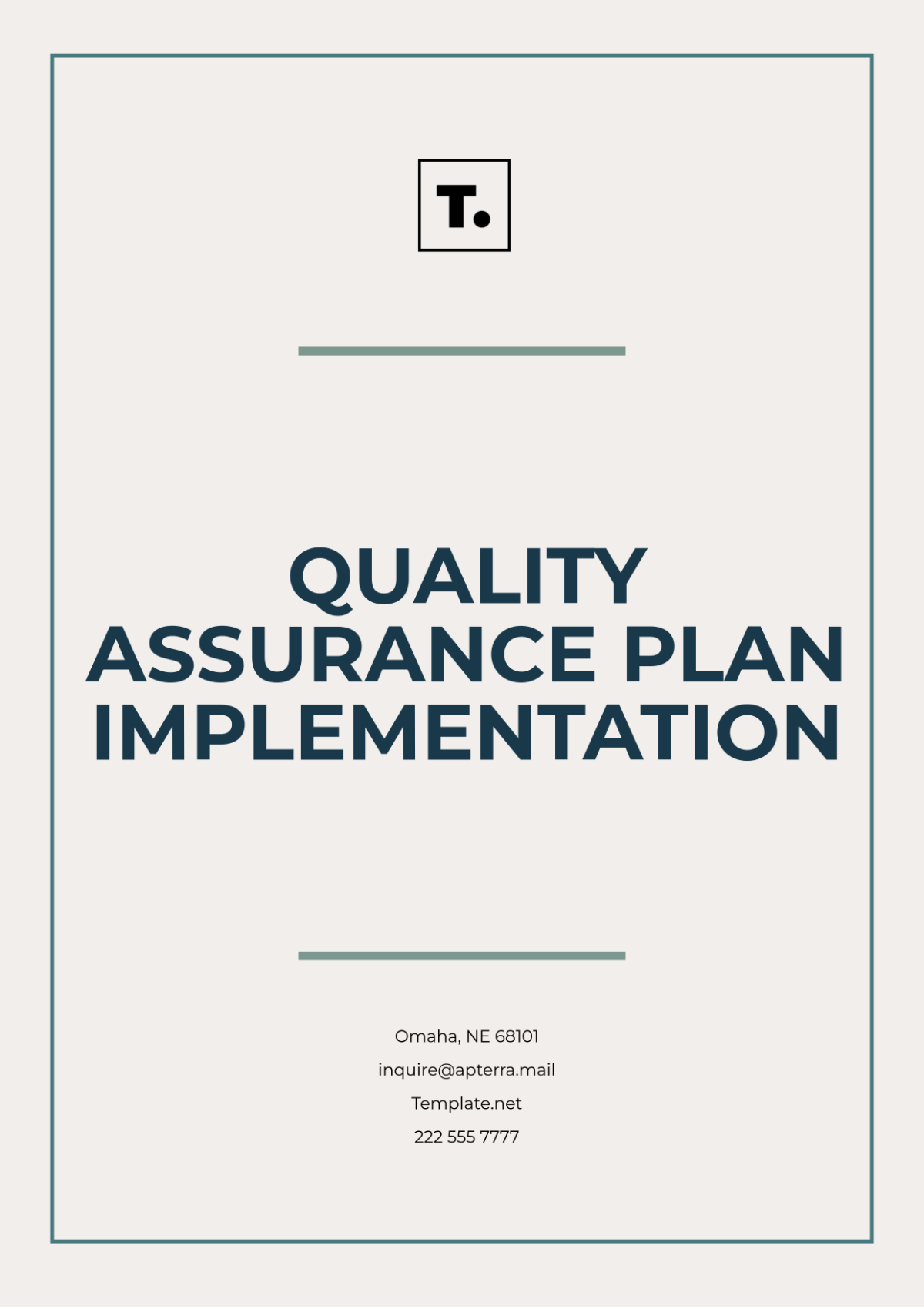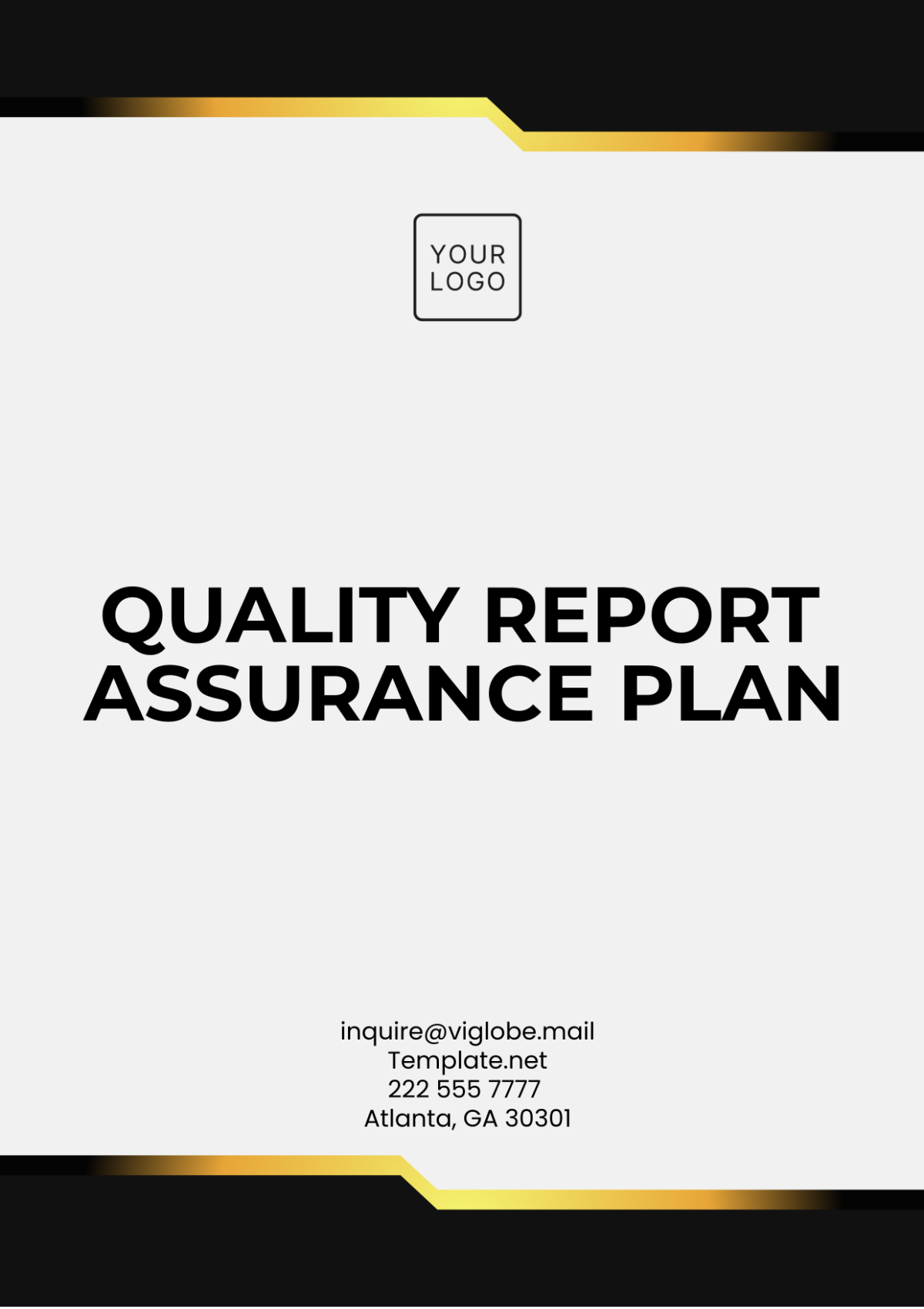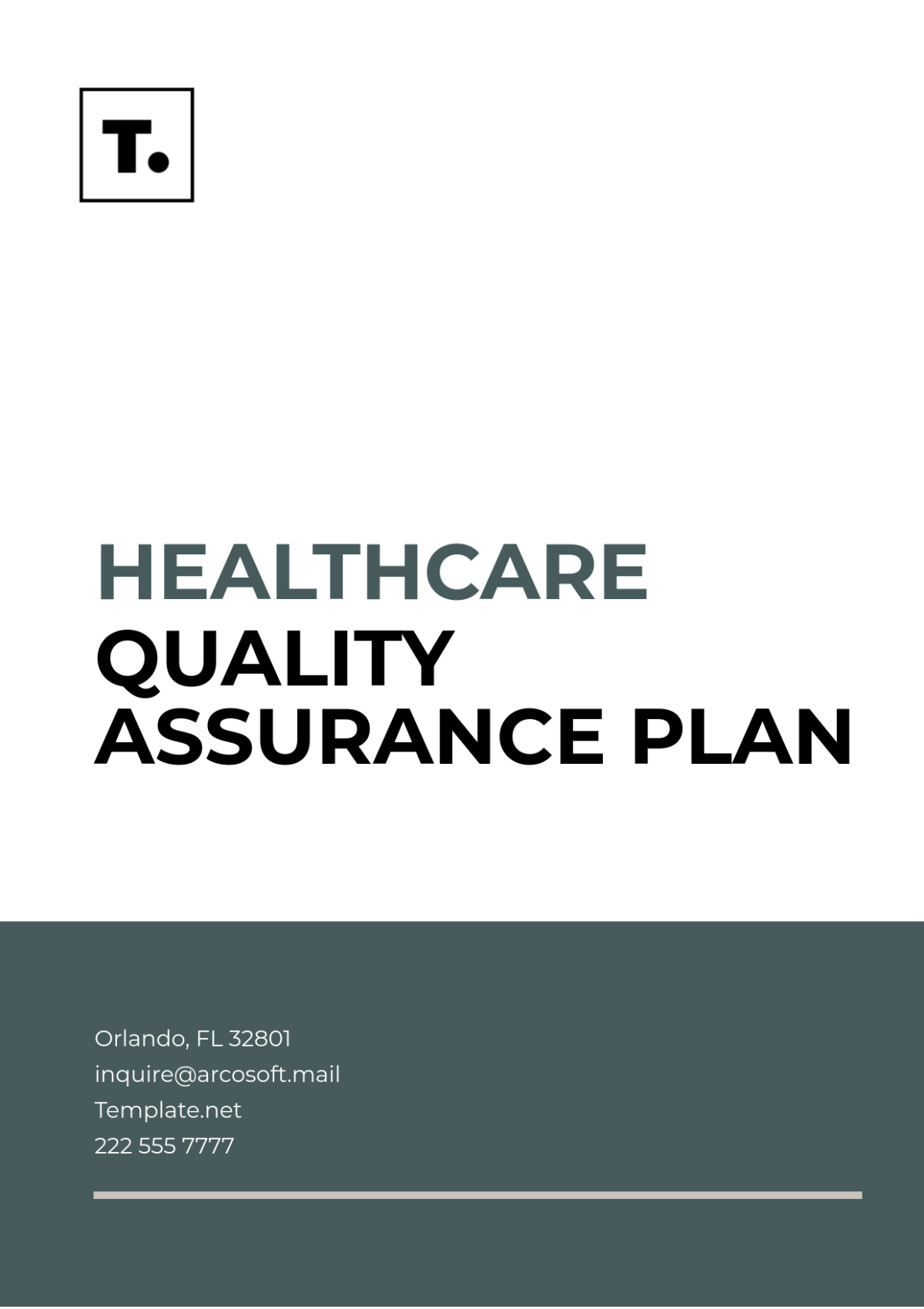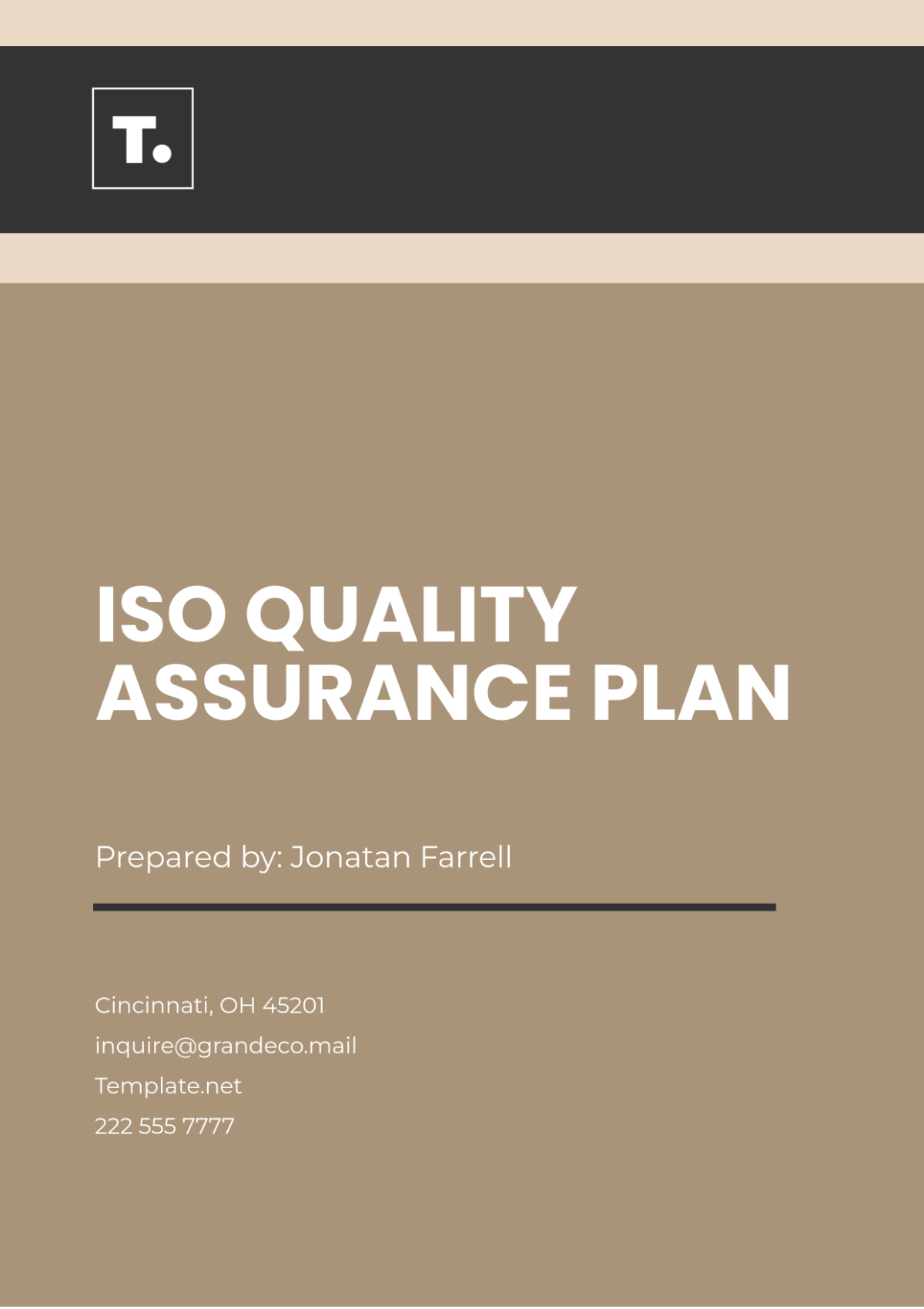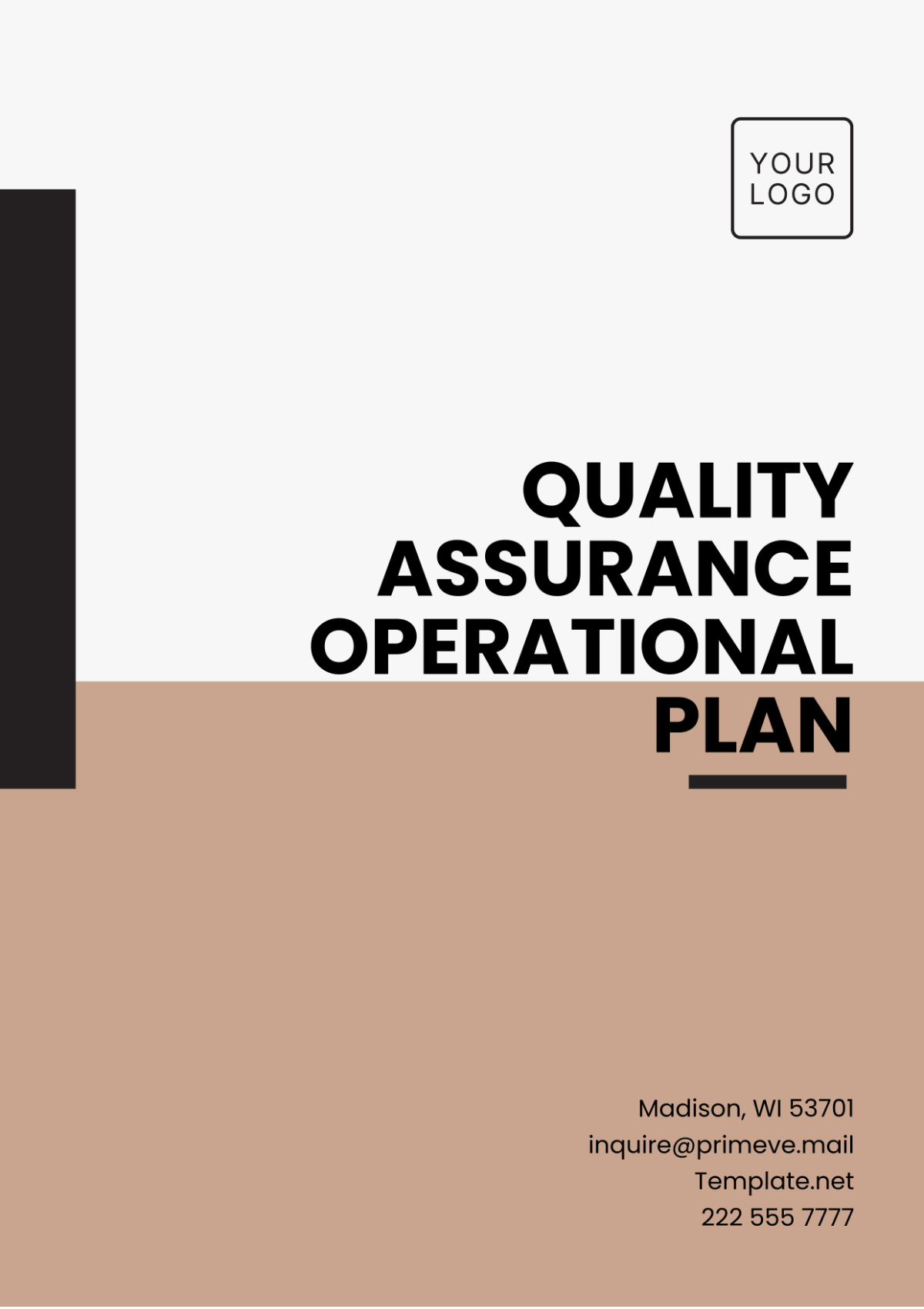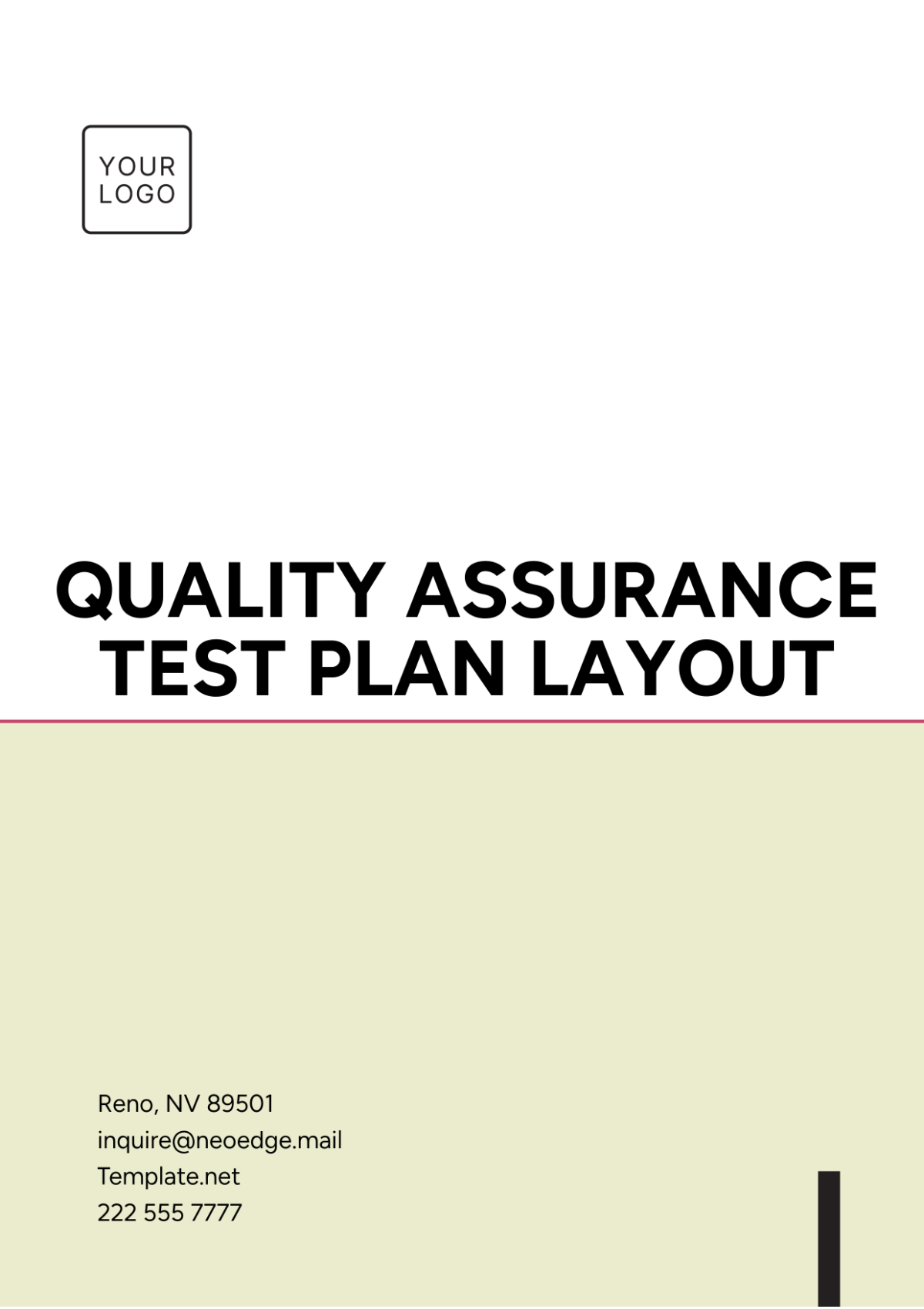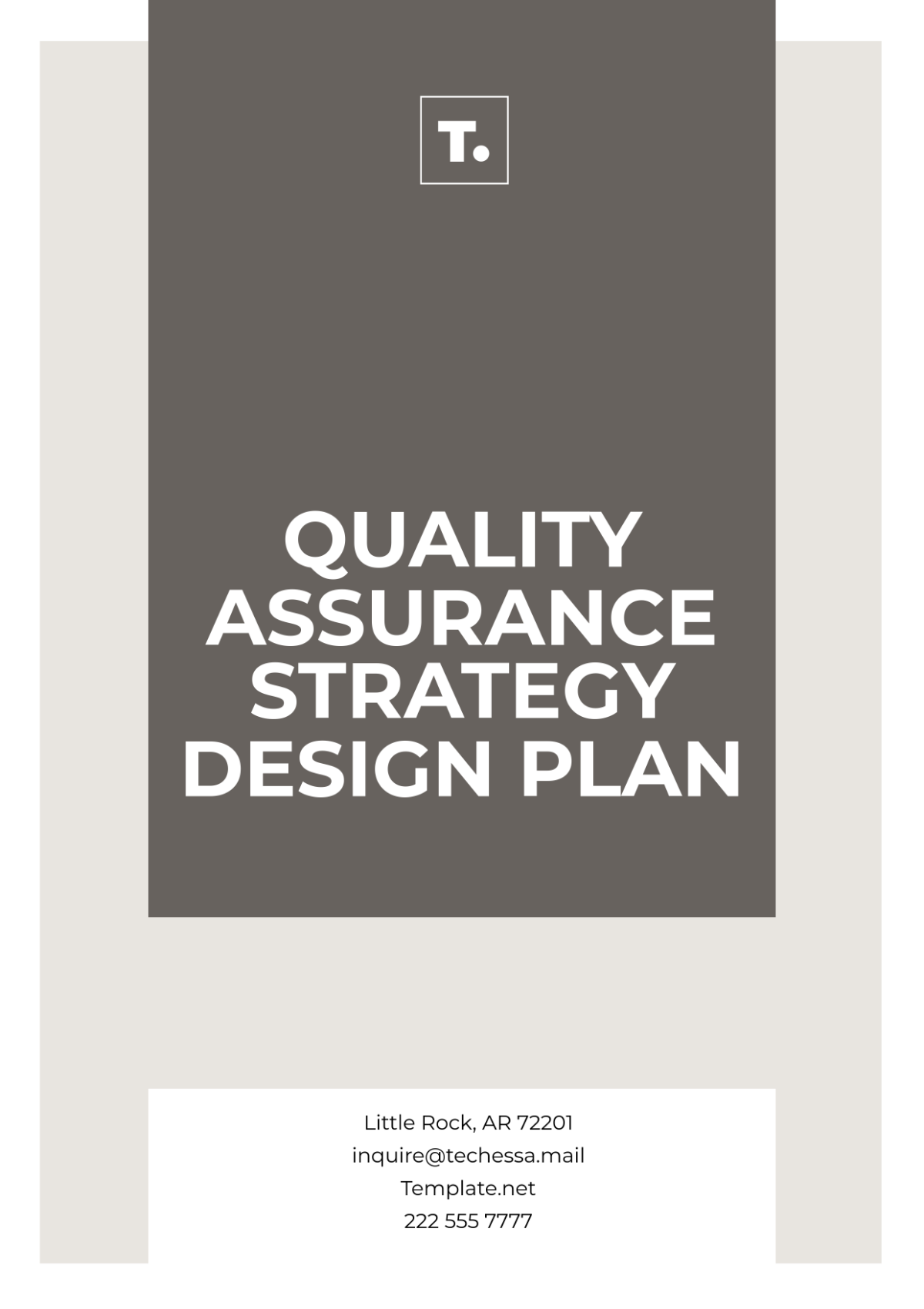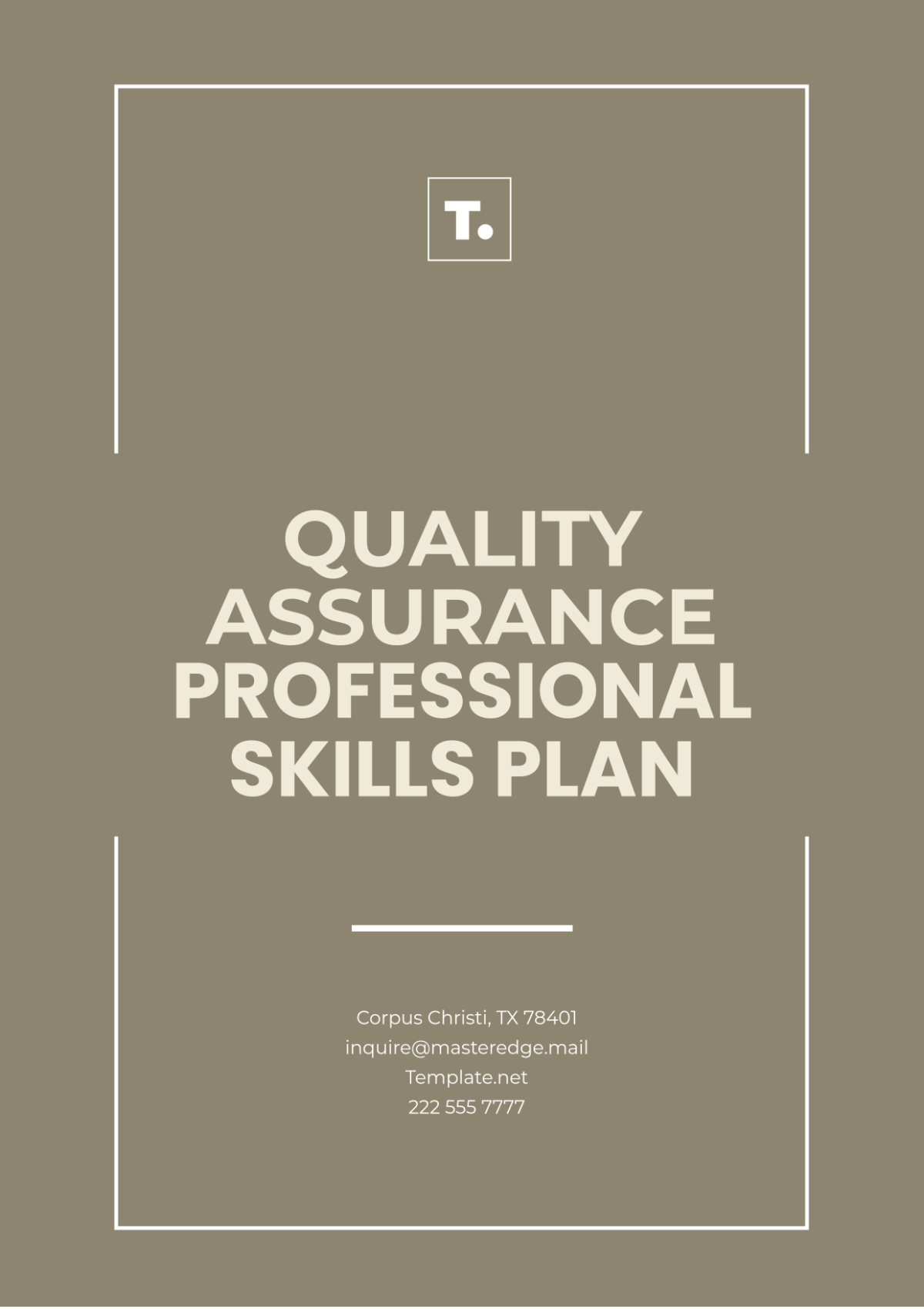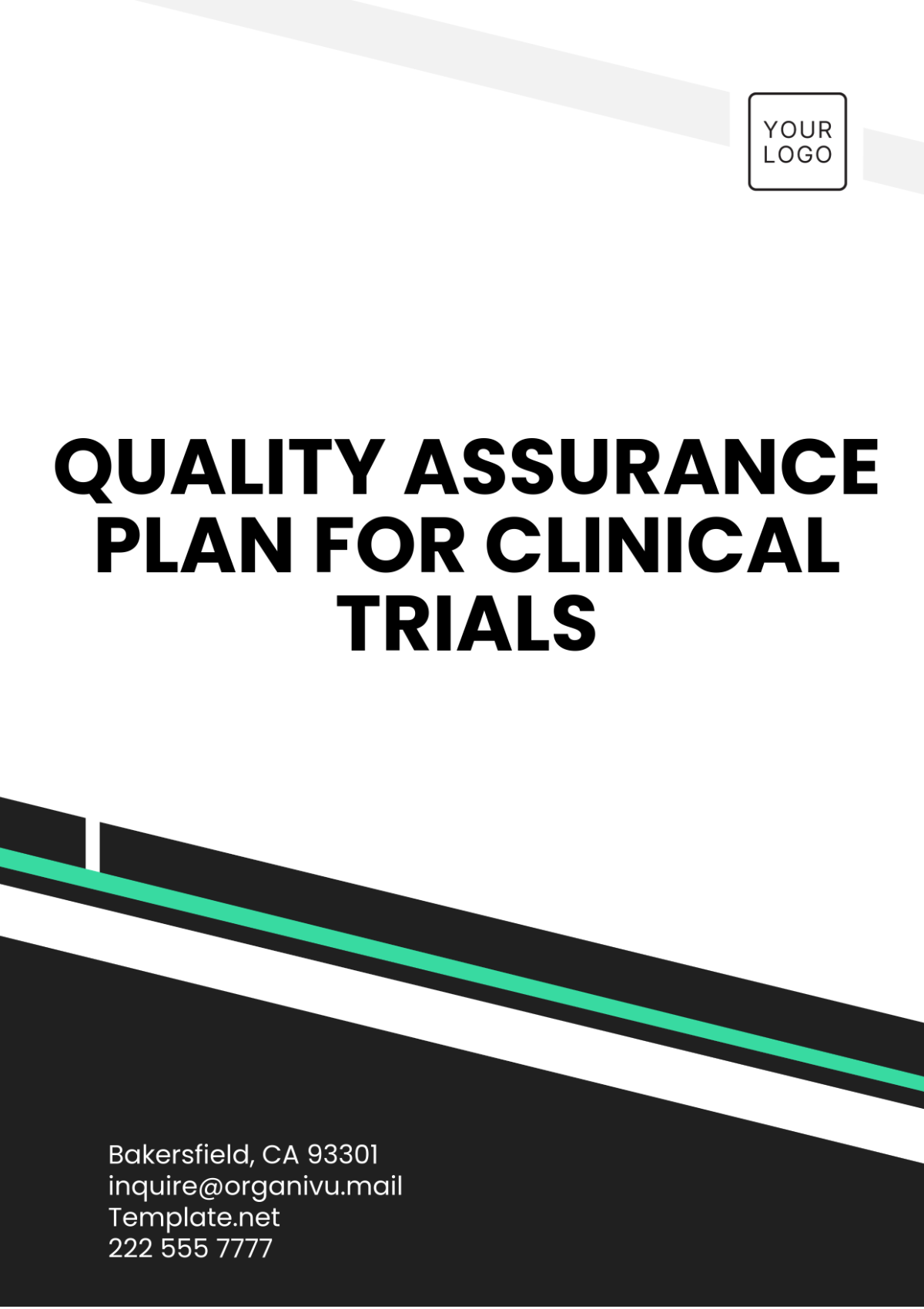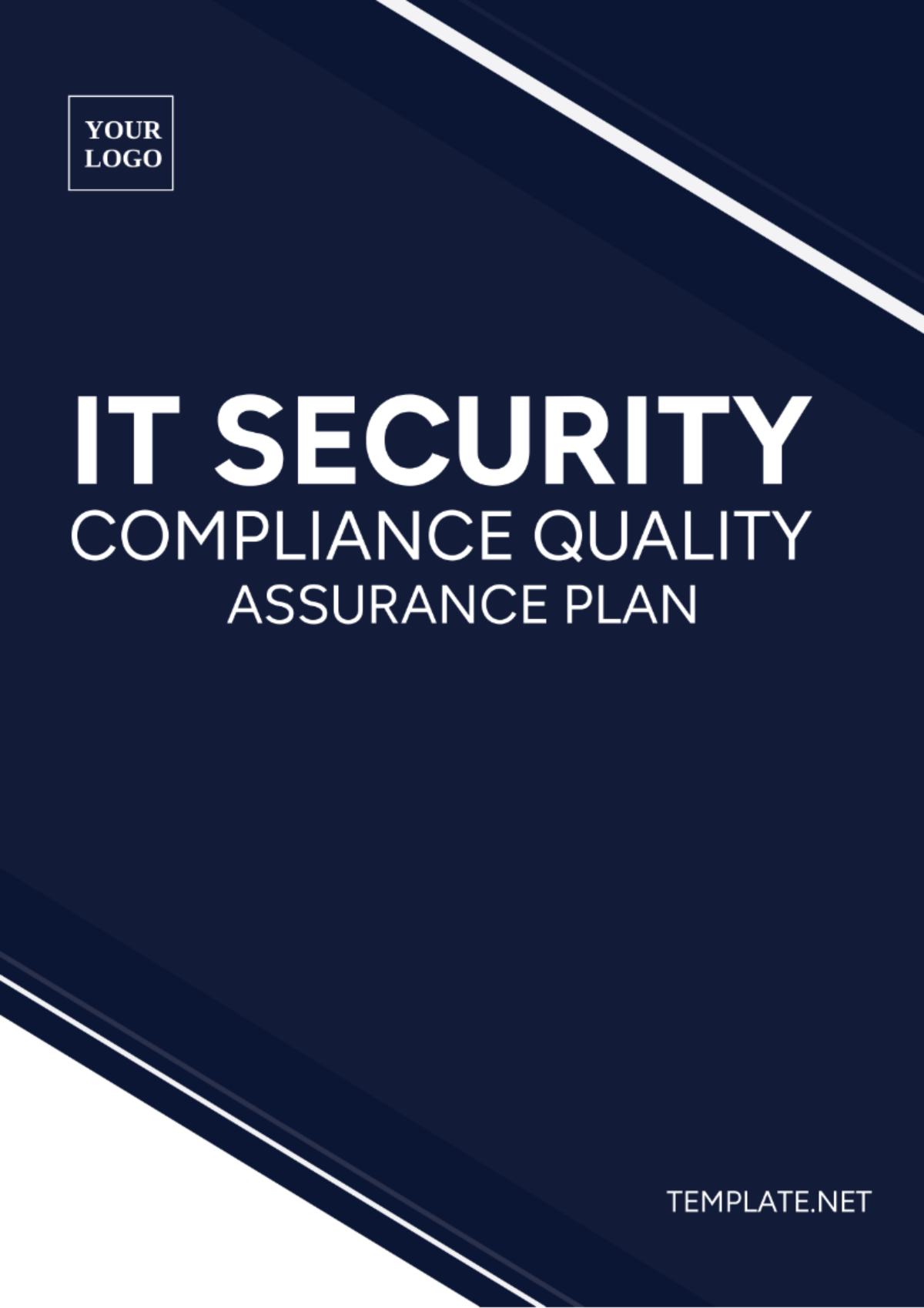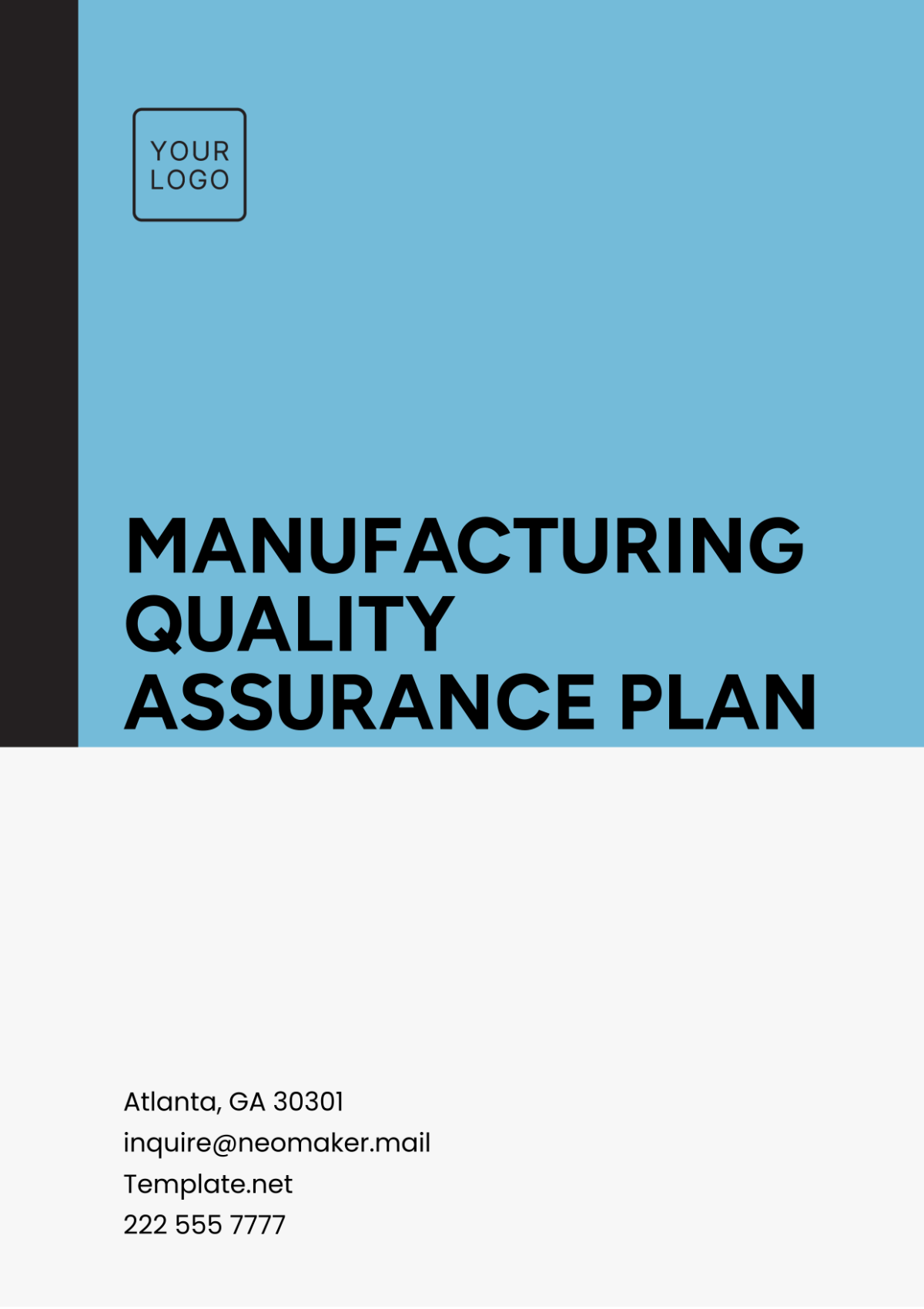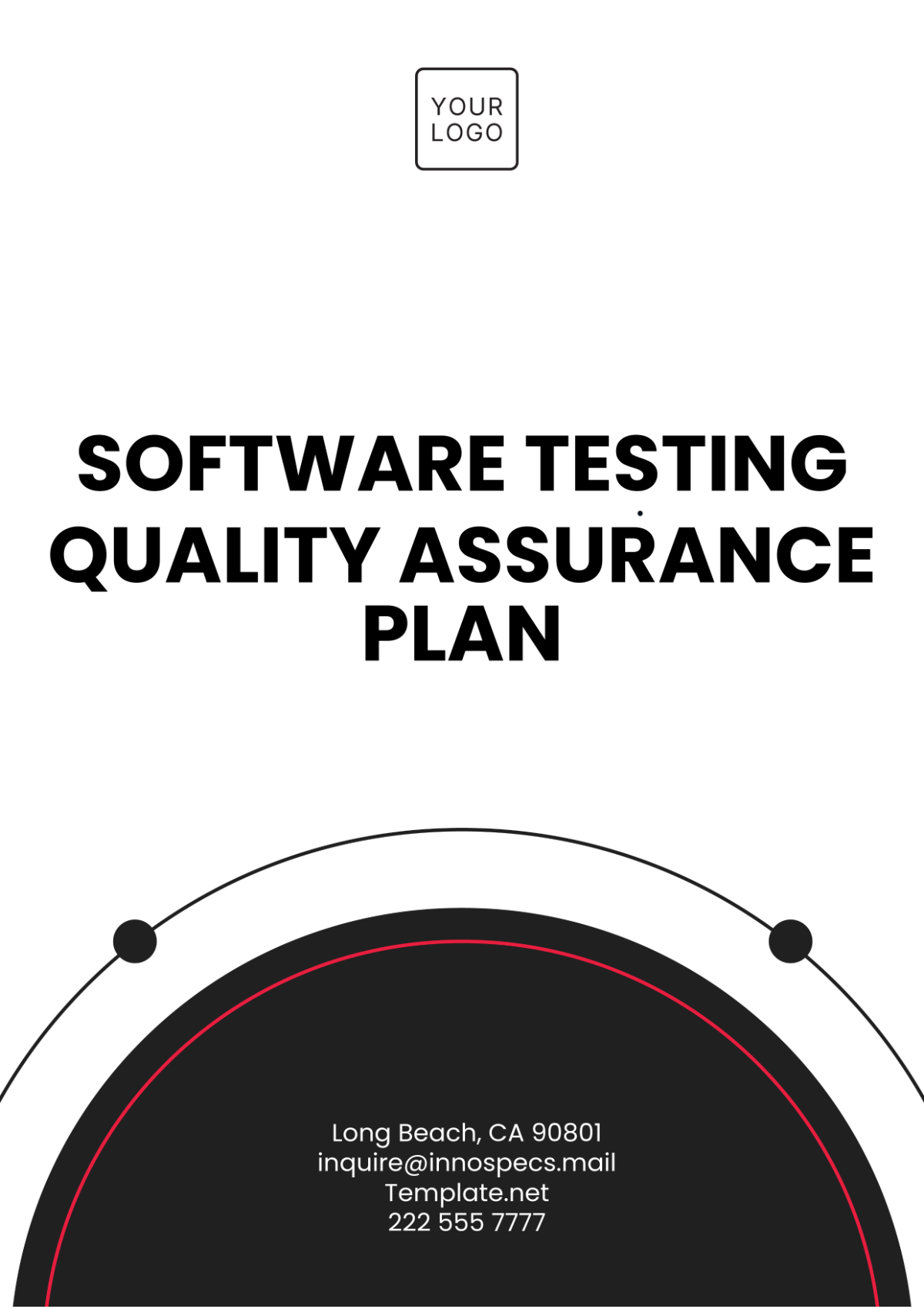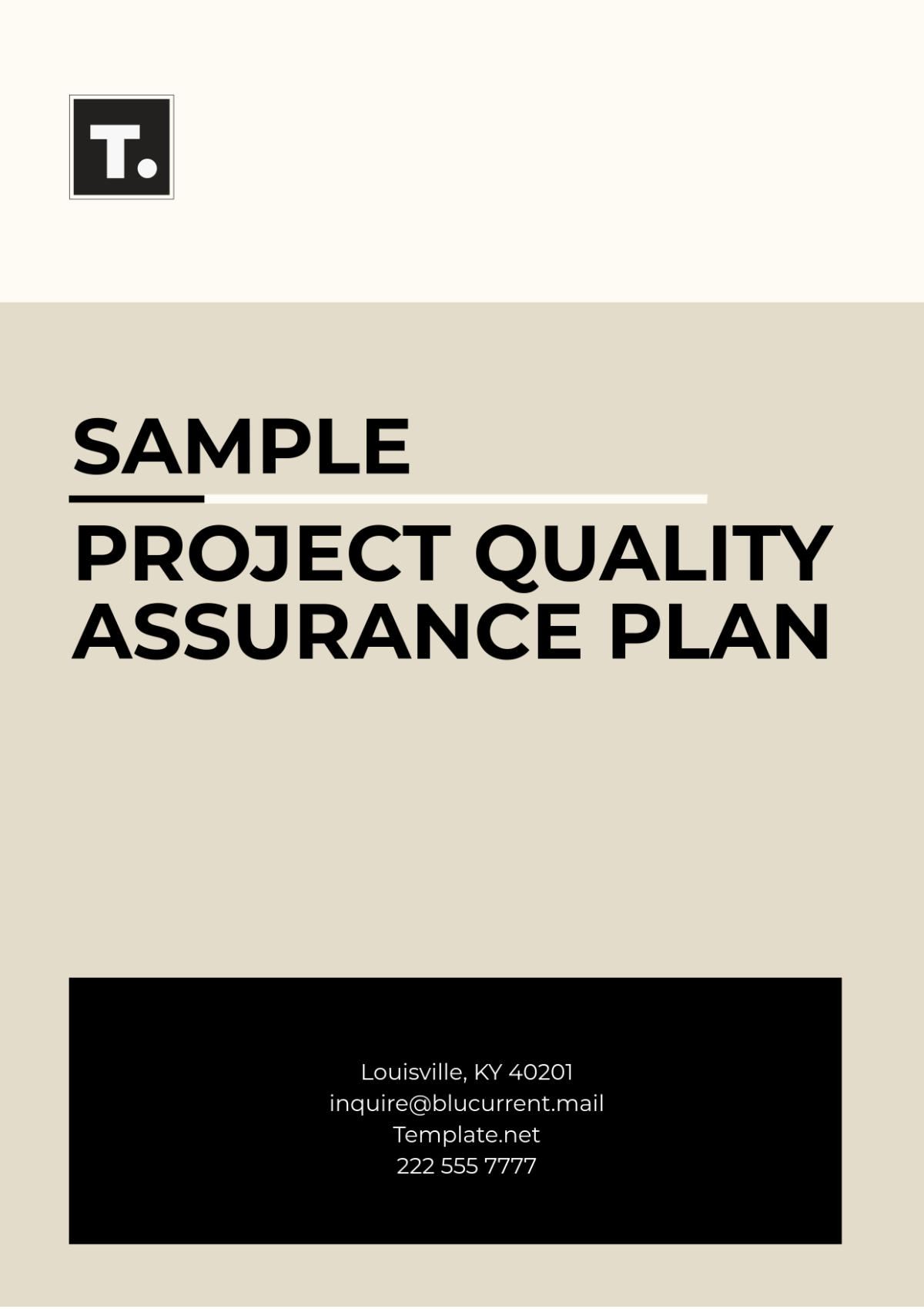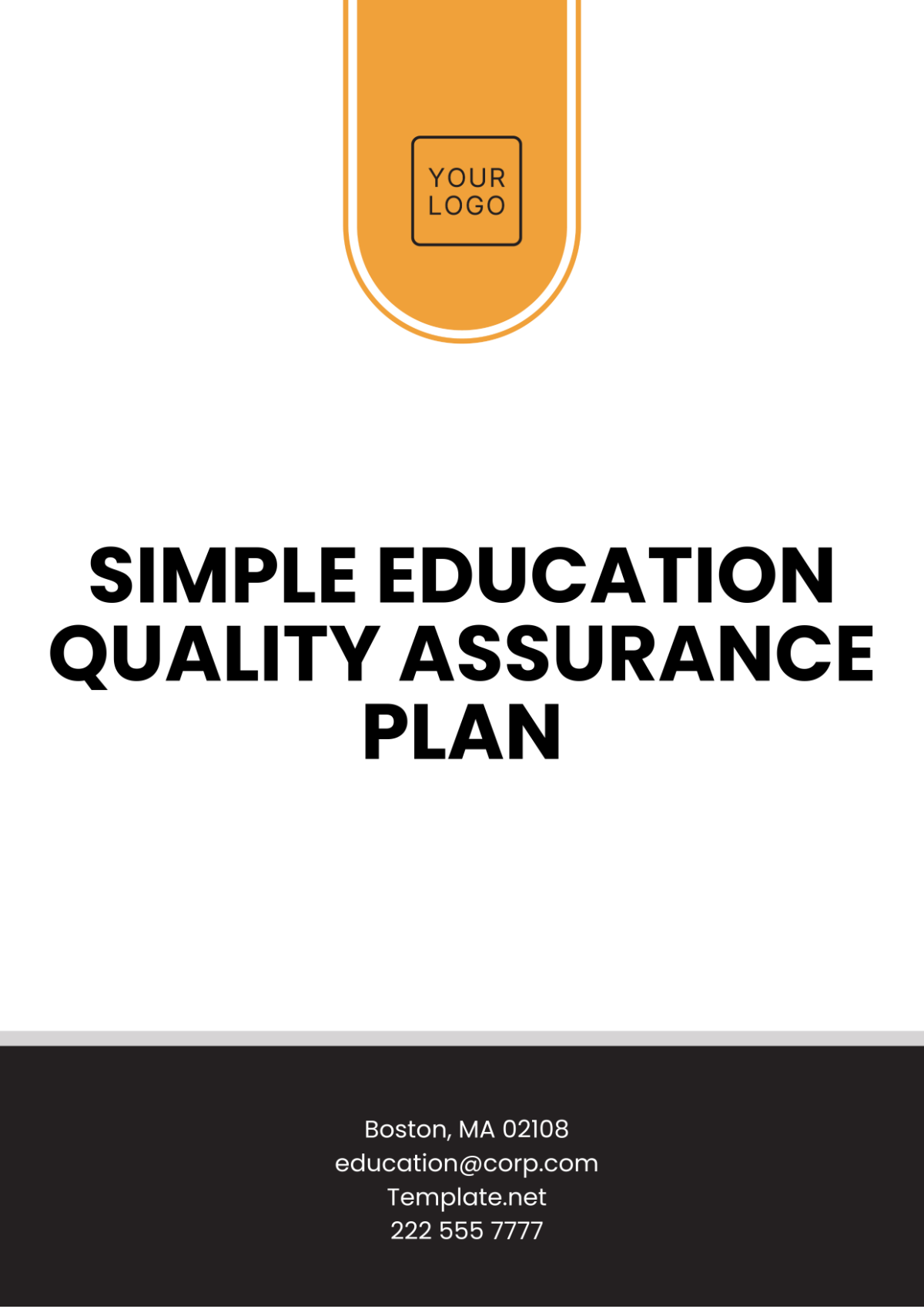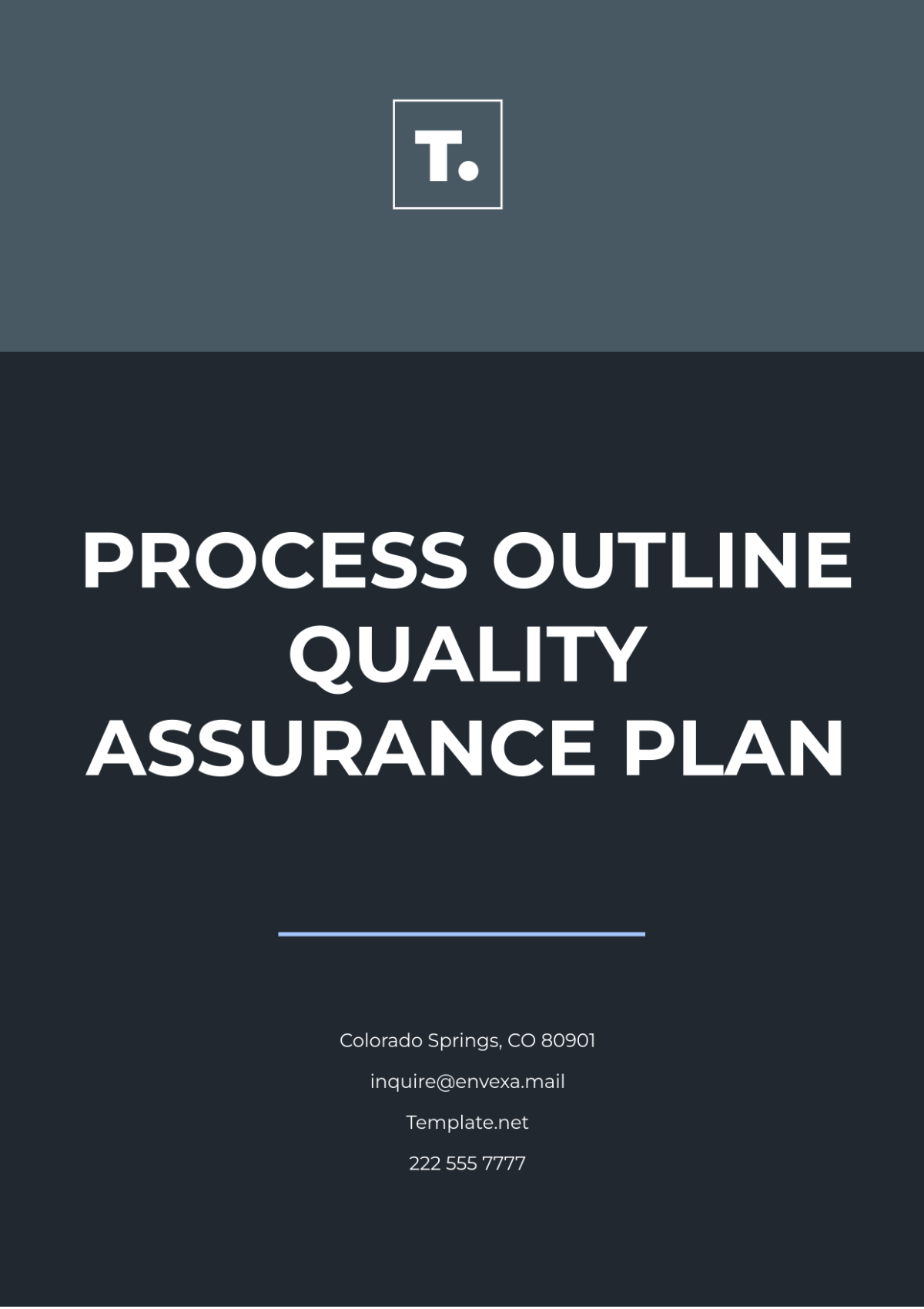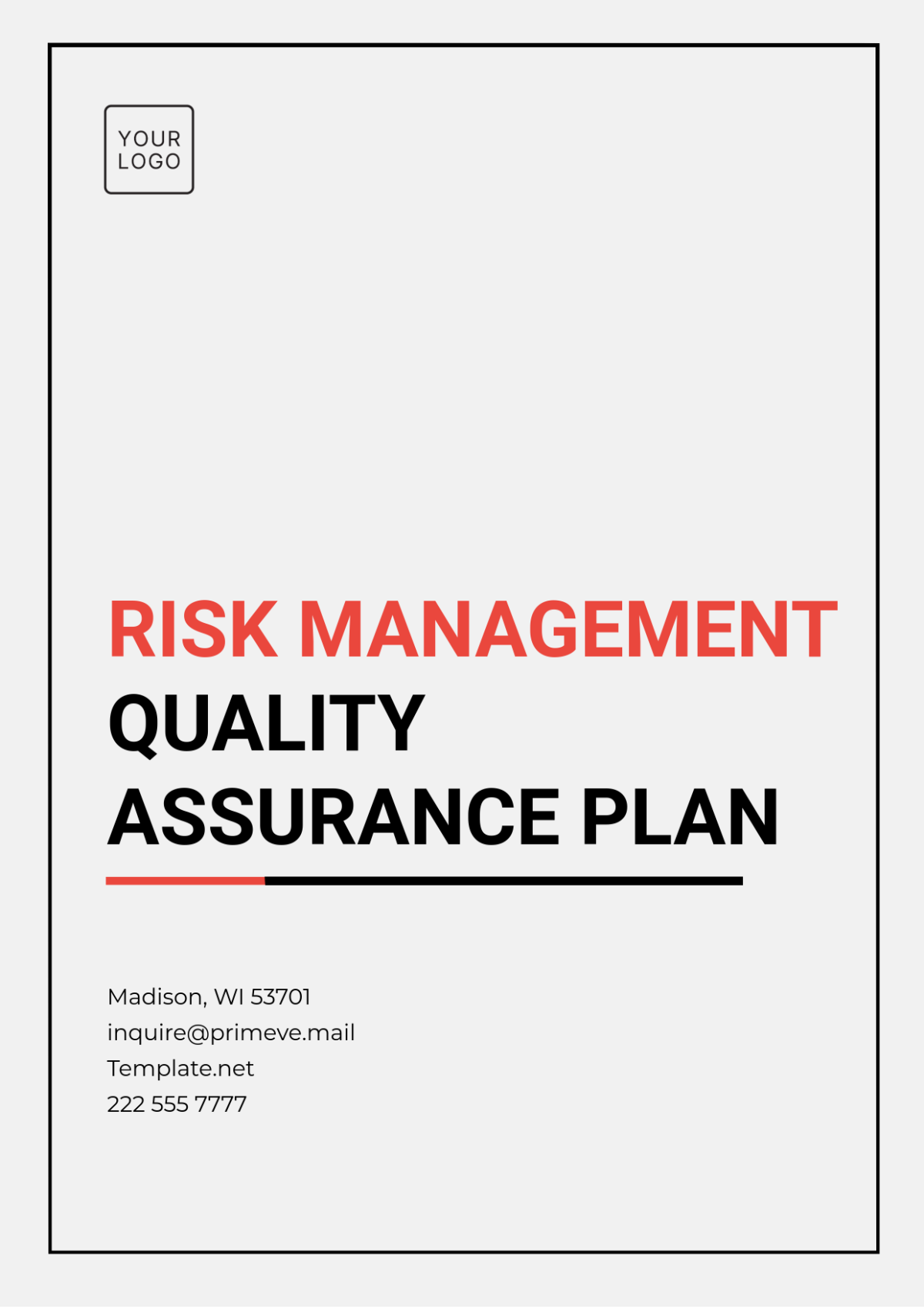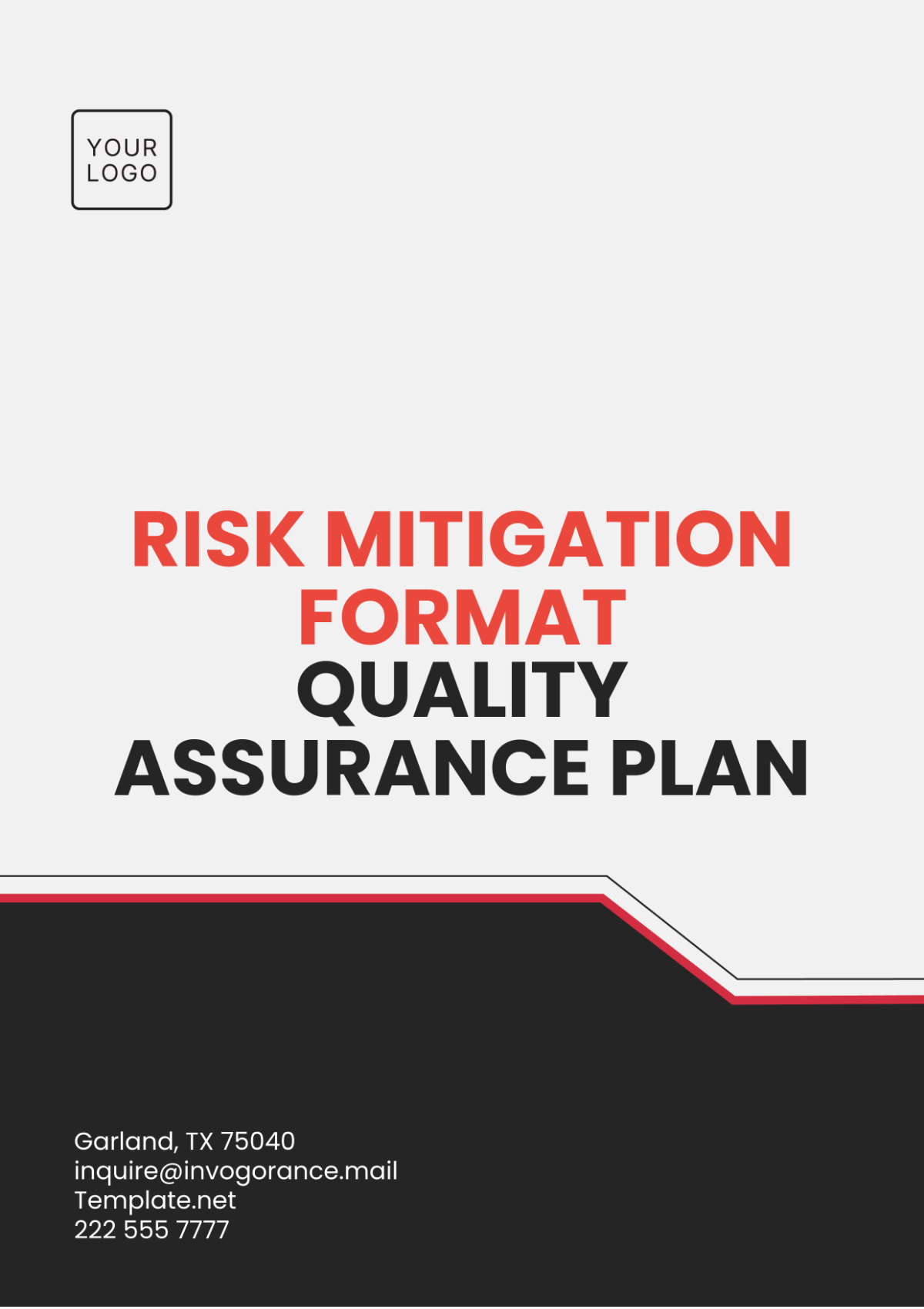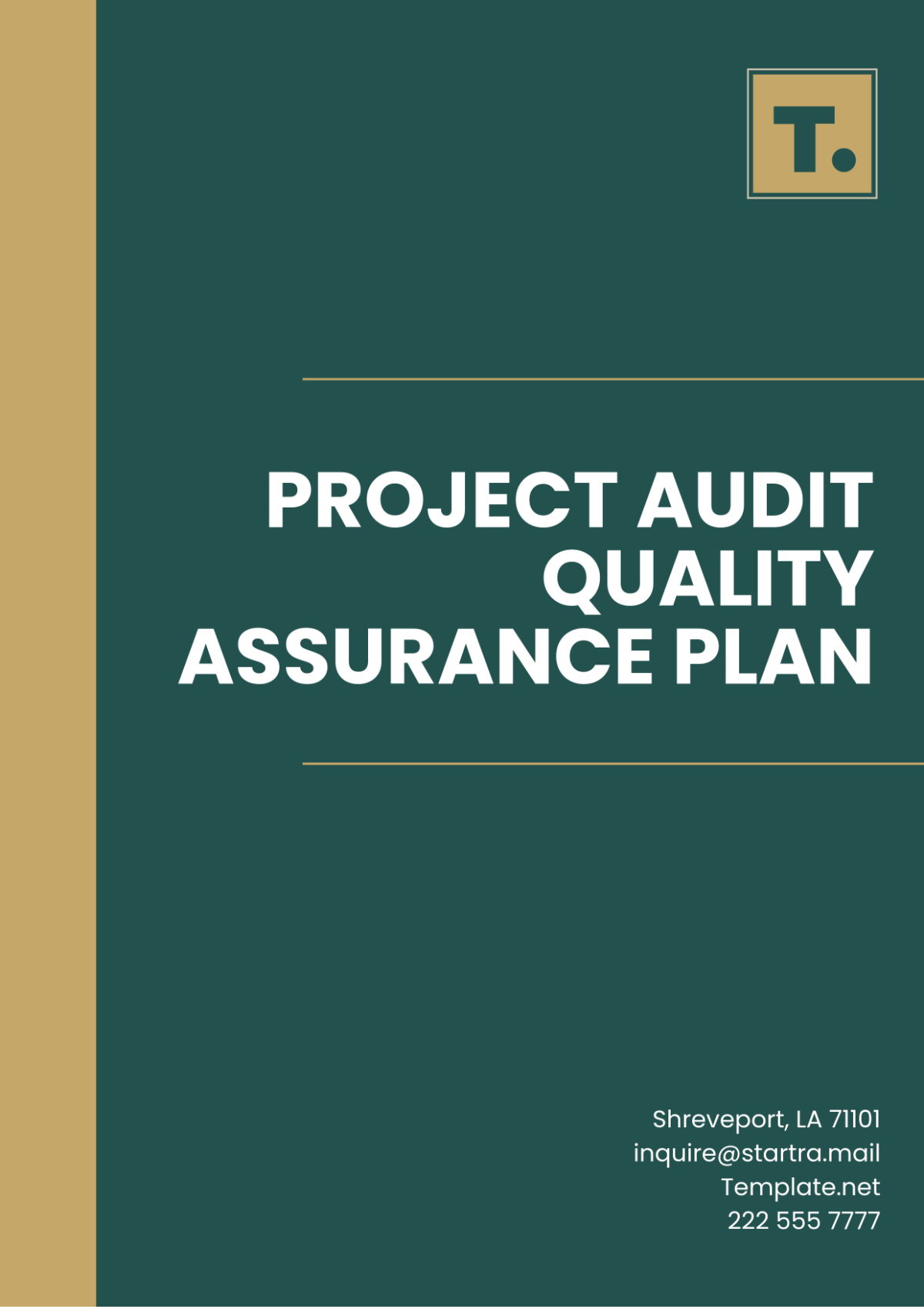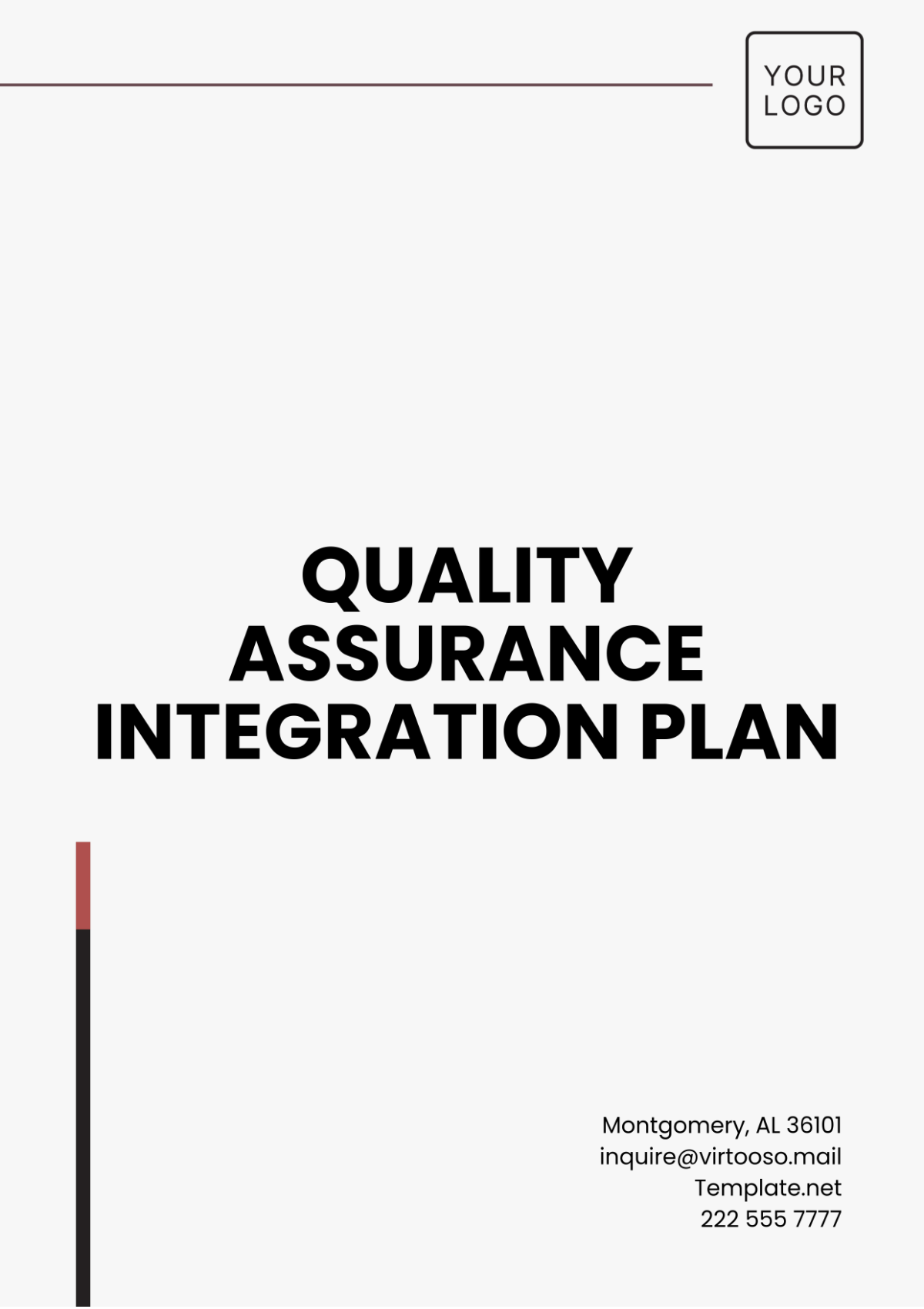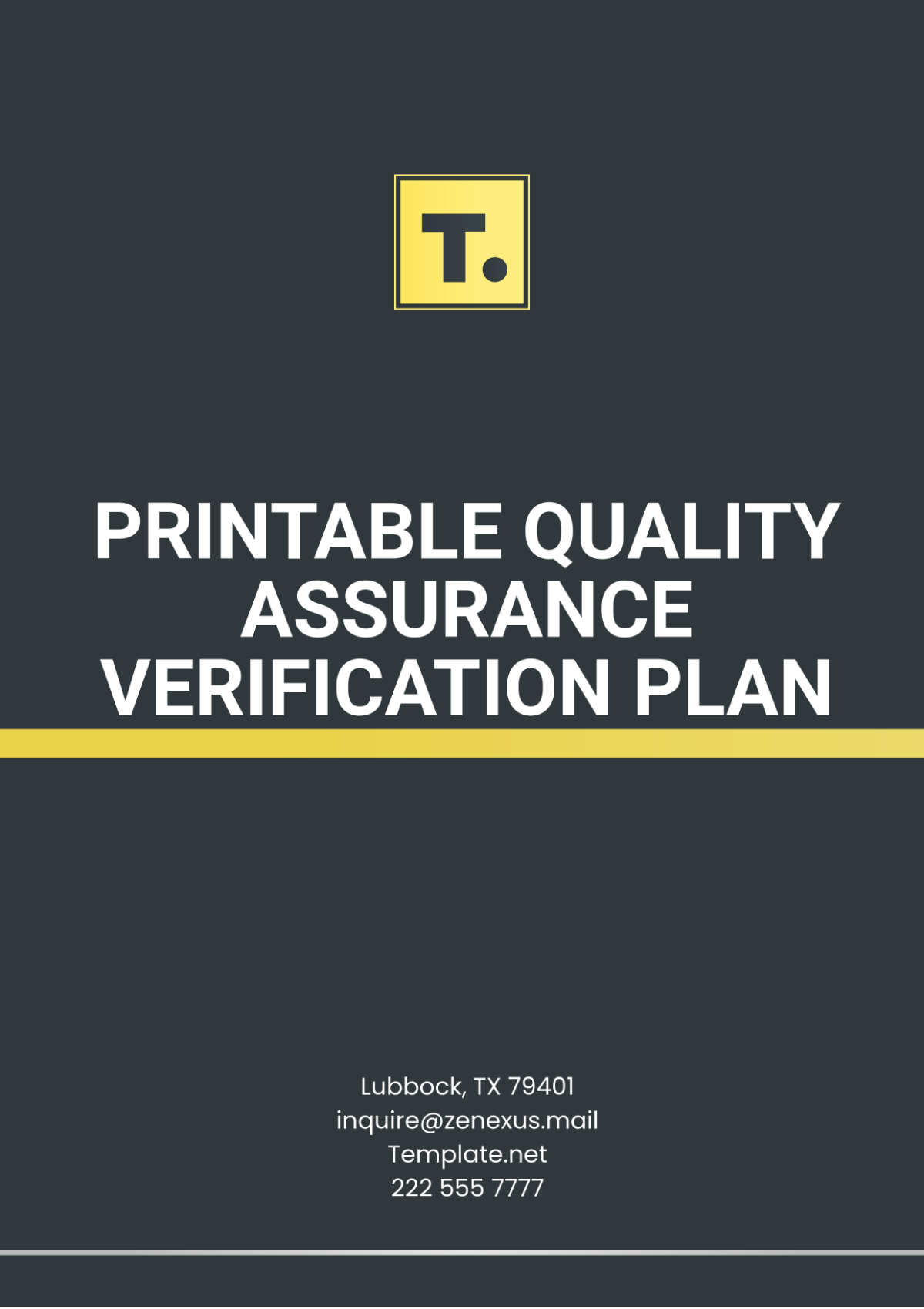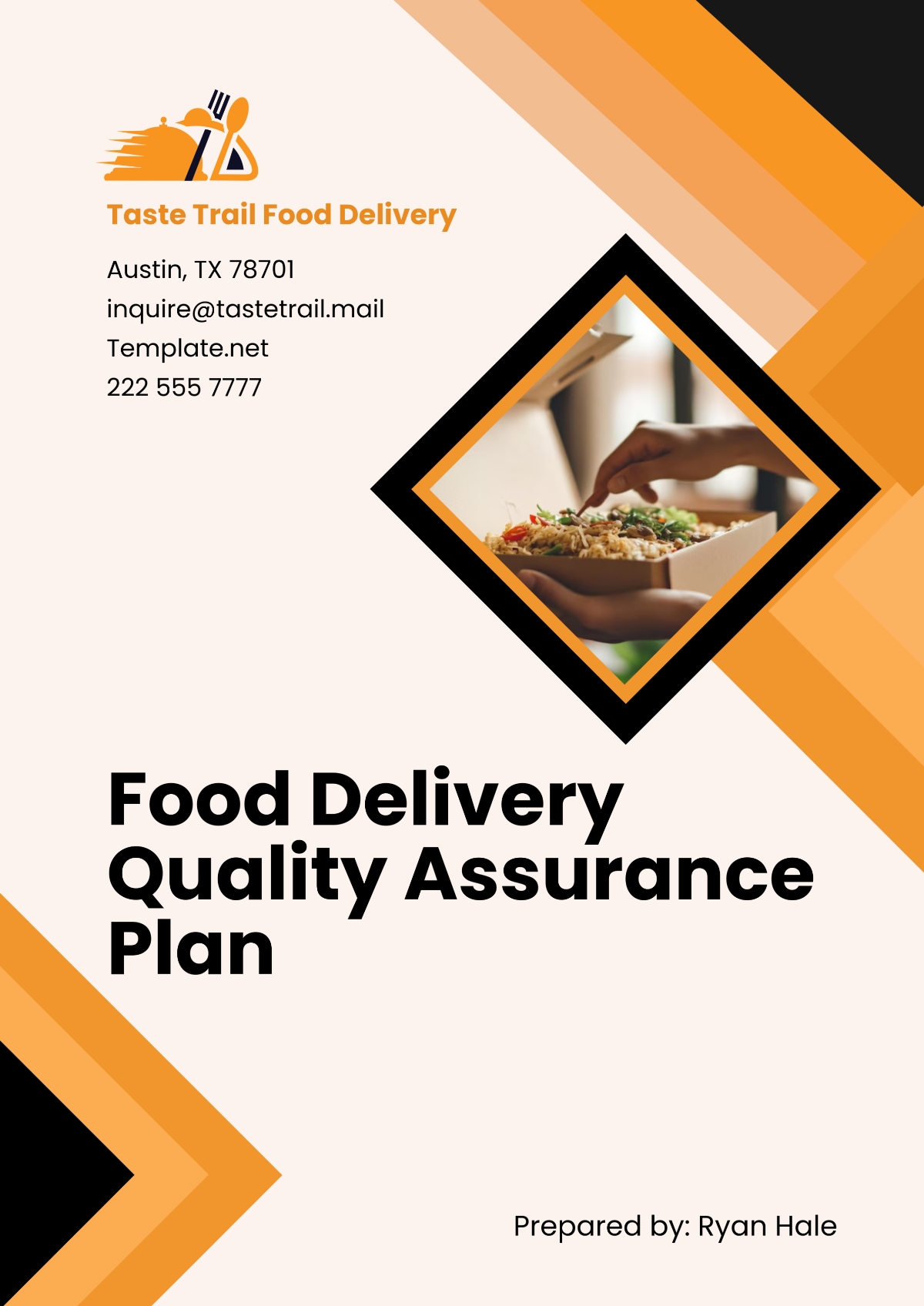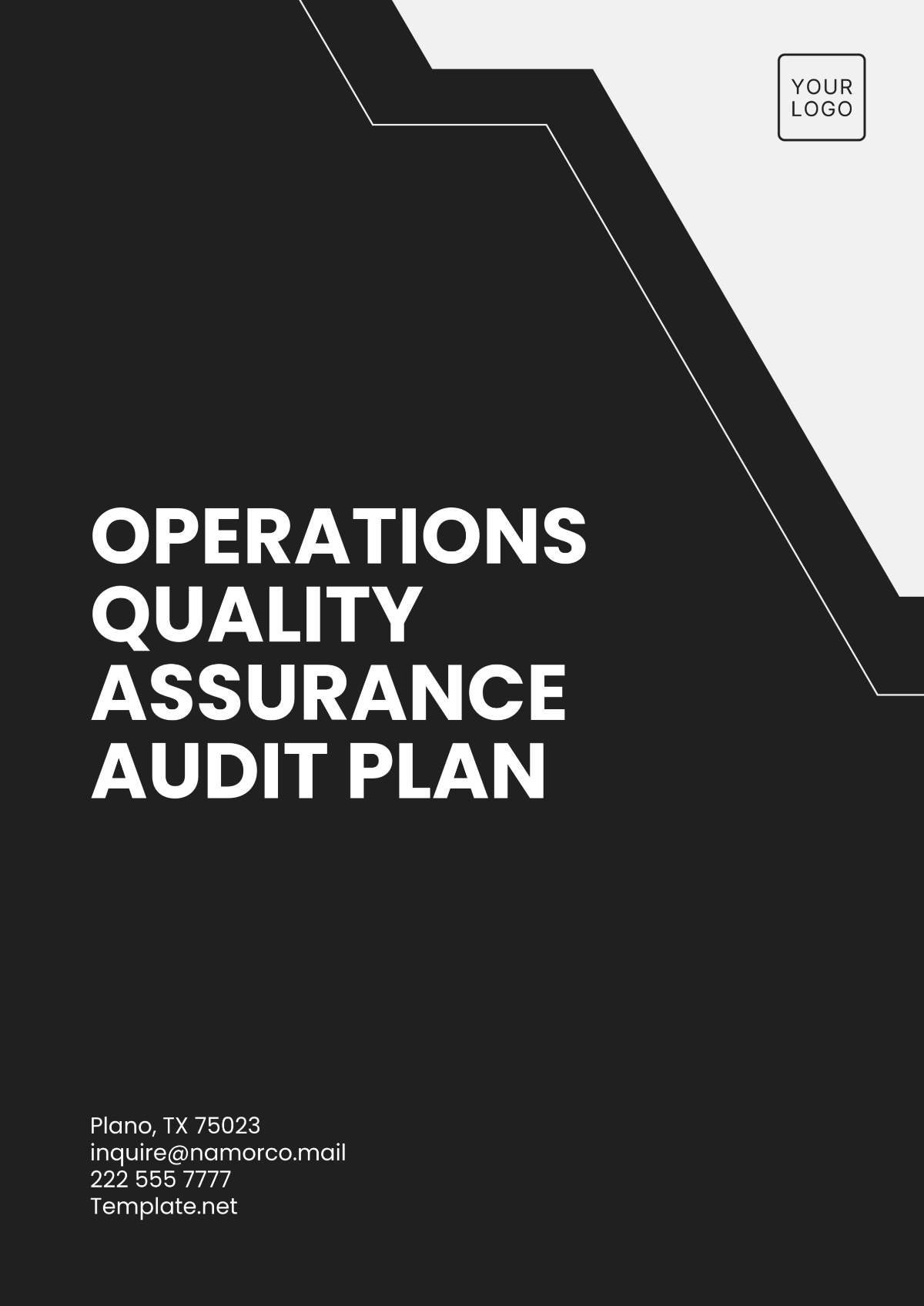Quality Assurance Strategy Design Plan
1. Introduction
This Quality Assurance (QA) Strategy Design Plan outlines the quality assurance process for Project Nimbus, an AI-driven analytics platform designed to offer predictive insights to enterprise clients. The plan aims to ensure that the platform meets rigorous quality and performance standards across all development phases, minimizing defects and maintaining reliability.
Project Name: Project Nimbus
Prepared by: [Your Name], QA Manager
Date: October 28, 2050
Version: 1.0
2. Objectives
The objectives of this QA Strategy Design Plan are to:
Guarantee that the platform meets high standards for quality, security, and reliability.
Establish measurable QA practices to guide each development phase.
Identify risks early to implement preventive quality measures and streamline release readiness.
Facilitate continuous quality improvement by integrating feedback into development processes.
3. Scope
This QA Strategy applies to the complete lifecycle of the platform, from the design and development stages through testing and final deployment. It provides a framework for:
Conducting testing at different stages, from unit testing to user acceptance testing (UAT).
Assigning roles and responsibilities for quality-related tasks.
Using specific tools and methodologies to track, measure, and improve quality.
4. Quality Standards and Metrics
4.1 Quality Standards
The following quality standards apply:
Standard | Description |
|---|---|
ISO 9001 Compliance | Ensures robust quality management processes. |
Customer Specifications | The platform must align with enterprise requirements for predictive accuracy, data security, and processing speed. |
Performance Standards | The platform should handle up to 10,000 concurrent users with a 99.9% uptime guarantee. |
4.2 Quality Metrics
Key metrics for monitoring quality during the development lifecycle include:
Metric | Target Description |
|---|---|
Defect Density | Fewer than 5 defects per 1,000 lines of code. |
Pass/Fail Rate | Aim for a 98% test pass rate by the final testing phase. |
Customer Satisfaction Score (CSAT) | Target score of 90% or higher post-release. |
Mean Time Between Failures (MTBF) | Minimum of 1,500 hours. |
Compliance Rate | 100% adherence to internal and regulatory quality standards. |
5. Roles and Responsibilities
5.1 QA Manager
Oversees QA strategy implementation and ensures adherence to project goals.
Coordinates with development and operations teams to ensure smooth QA processes.
5.2 Quality Assurance Engineers
Lead QA Engineer: Develops test cases, executes tests, and reports on test outcomes.
QA Analyst: Analyzes test data, performs regression testing, and identifies trends in test results.
5.3 Project Manager
Ensures QA plan adherence to project timelines and budgets.
Liaises with stakeholders to incorporate feedback and maintain project alignment.
5.4 Stakeholders
Compliance Officer: Verifies regulatory compliance.
Product Owner: Reviews QA reports to validate project alignment with customer expectations.
6. QA Methodologies and Tools
6.1 Testing Methods
Unit Testing: Conducted to verify individual software components.
Integration Testing: Ensures interoperability between different components.
System Testing: Validates the fully integrated platform's overall performance.
User Acceptance Testing (UAT): Confirms that the platform meets enterprise user requirements and satisfaction criteria.
6.2 QA Tools
Automated Testing Tools: Selenium and JUnit for functional and regression testing.
Bug Tracking and Reporting: Jira for tracking and managing test findings.
CI/CD Tools: Jenkins for continuous integration and deployment automation.
Monitoring Tools: New Relic for real-time application monitoring and performance tracking.
7. Risk Management
Risk | Impact | Mitigation Strategy |
|---|---|---|
Insufficient Test Coverage | High probability of defects | Implement test coverage metrics and conduct weekly reviews. |
Regulatory Non-Compliance | Regulatory fines, delays | Regular internal audits aligned with ISO 9001 standards. |
Resource Shortages | Project delays | Train backup QA team members and leverage external QA support. |
8. Review and Continuous Improvement
8.1 Quality Audits
Quality audits will occur bi-monthly to ensure compliance with all QA processes and standards. The QA team will submit audit reports, and any areas of concern will have a corrective action plan, addressing the issues within two weeks of detection.
8.2 Feedback and Improvement
The project will establish a feedback loop with all project stakeholders to assess the effectiveness of QA activities. After project completion, a retrospective meeting will allow for identifying and documenting any necessary improvements for future projects.


